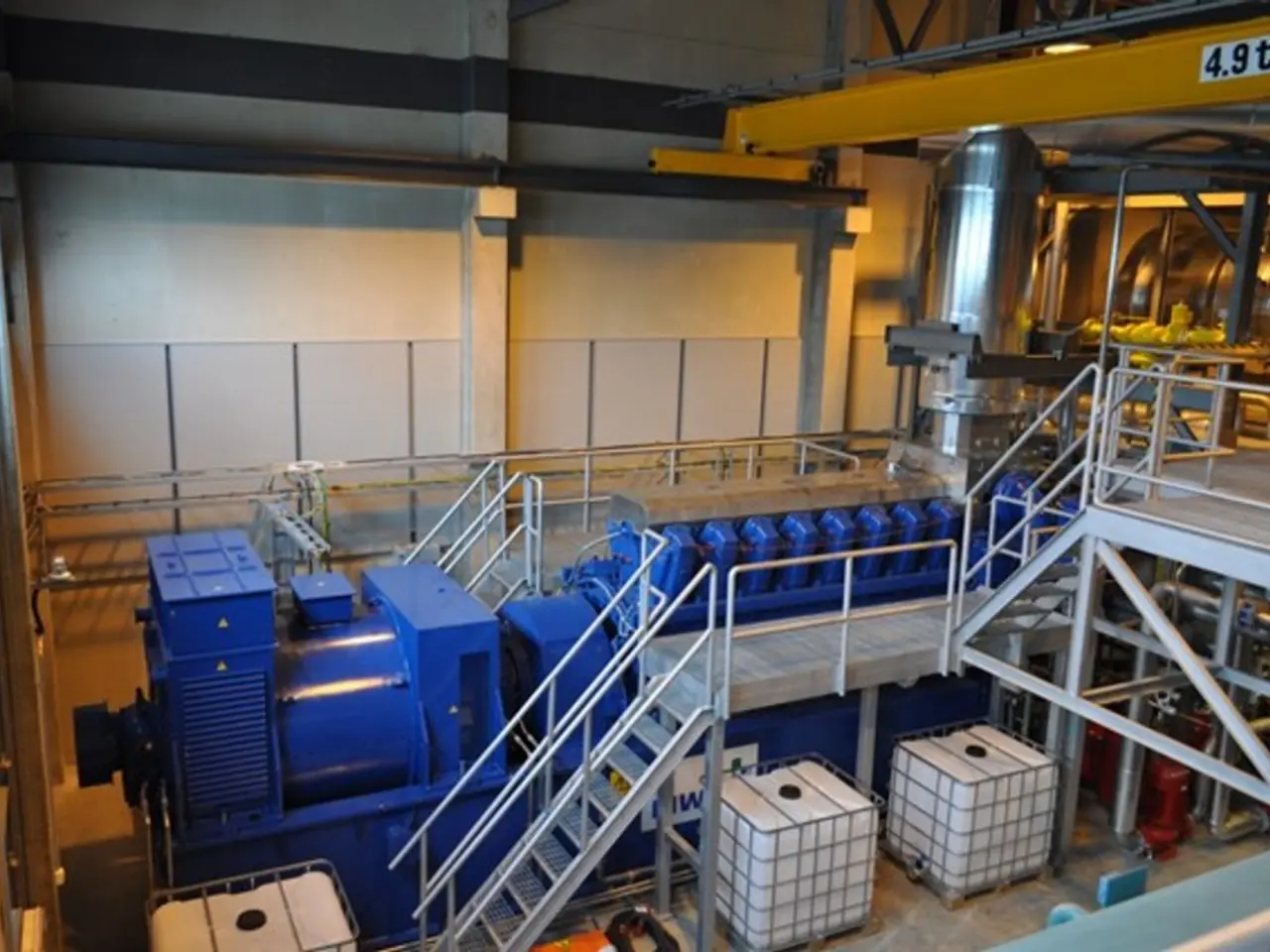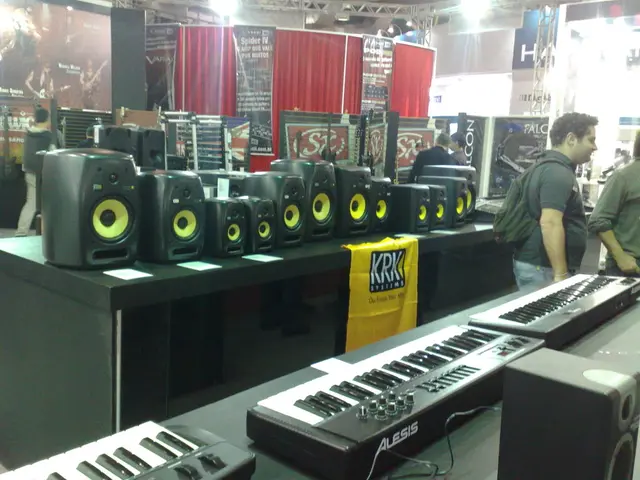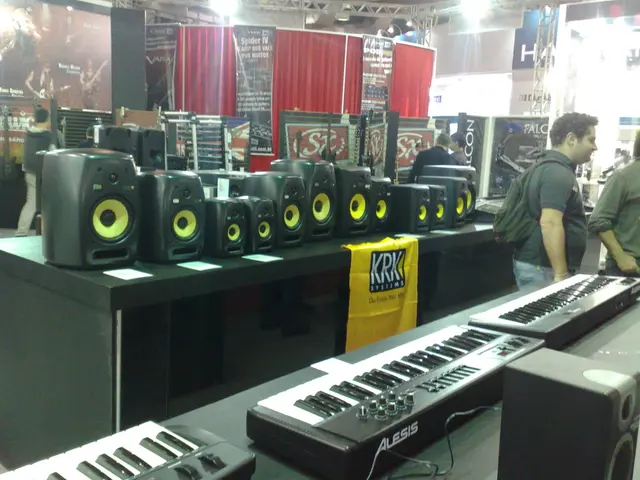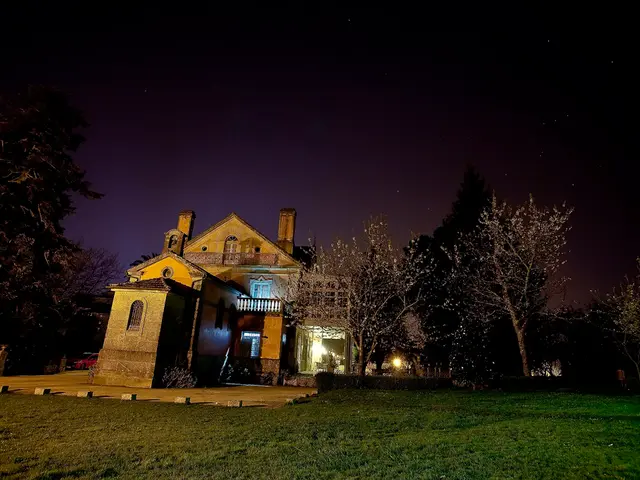Historic Railroad Cottages in Vegas Struggle for Survival
The Railroad Cottages of Las Vegas have a rich history dating back to the early 1900s, serving as homes for railroad workers during a time when the city was primarily a railroad town [1]. Built between 1909 and 1911, these cottages were constructed on former ranch land along Second, Third, and Fourth streets, with a total of 64 units created for laborers, mechanics, and clerks [4].
These cottages, fashioned from half-size cinder blocks, were a testament to resourcefulness in the desert, as local sand was used to create the blocks due to lumber scarcity [7]. The arrival of the San Pedro, Los Angeles, and Salt Lake Railroad in 1905 marked a significant turning point for Las Vegas, leading to a land auction that established the city [8].
However, the cottages' historical significance was not fully acknowledged until 1978, when 28 of them were identified in a city survey [9]. Regrettably, most of these cottages were not adequately protected, and over time, they fell victim to urban development and modernization pressures, neglect, and a lack of official historic preservation recognition [2].
As Las Vegas expanded and changed, many historic structures, including the railroad cottages, were lost due to redevelopment priorities. The cottages were often viewed as outdated or less valuable compared to new construction, and without preservation efforts, many fell into disrepair, making restoration more difficult and costly [2].
Despite this, some efforts are now underway to renovate and preserve select cottages, such as those being restored at the Clark County Museum [5]. The Joseph and Verla Dawson Family Trust currently owns the surviving railroad cottage at 629 S. Casino Center Blvd., which remains in use by an insurance and bail service [3].
It's worth noting that the Old Mormon Fort, built in 1855, predates the surviving railroad cottage in Las Vegas [6]. The historical designation of the railroad cottages did not guarantee protection against demolition, alteration, or relocation for privately owned properties [10].
In summary, the fate of the railroad cottages was largely shaped by changing urban priorities and insufficient early historic protections. However, current restoration efforts indicate renewed interest in their preservation, offering hope for the future of these historic structures in Las Vegas.
References: 1. Las Vegas Railroad Cottages 2. Las Vegas Railroad Cottages: A Study in Preservation 3. Las Vegas' Oldest Home Still Standing 4. Las Vegas' Railroad Cottages 5. Clark County Museum 6. Old Mormon Fort State Historic Park 7. Las Vegas' Railroad Cottages: A Time Capsule in the City's Heart 8. Las Vegas: A History 9. Las Vegas' Hidden History: The Railroad Cottages 10. Historic Preservation in Las Vegas
- In its early days, Las Vegas primarily functioned as a railroad town, with the arrival of the San Pedro, Los Angeles, and Salt Lake Railroad in 1905 marking a turning point for the city.
- The Railroad Cottages of Las Vegas, a remnant of this era, were constructed between 1909 and 1911, and despite their historical significance, many have fallen victim to urban development and modernization pressures.
- The downtown area of Las Vegas, specifically along Second, Third, and Fourth streets, once hosted these historic Railroad Cottages, which were crafted from half-size cinder blocks due to a scarcity of lumber.
- In the 1970s, 28 of these Railroad Cottages were identified in a city survey, but regrettably, most were not adequately protected and were lost over time.
- Today, efforts are being made to renovate and preserve select Railroad Cottages, such as those being restored at the Clark County Museum, indicating a renewed interest in preserving Las Vegas' casino-and-gambling history and casino-culture.







